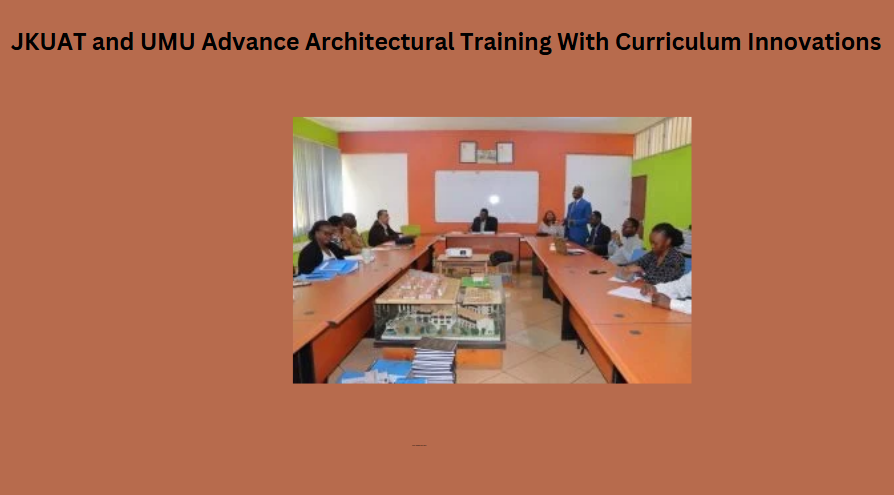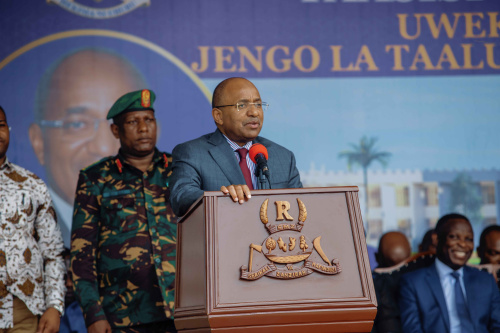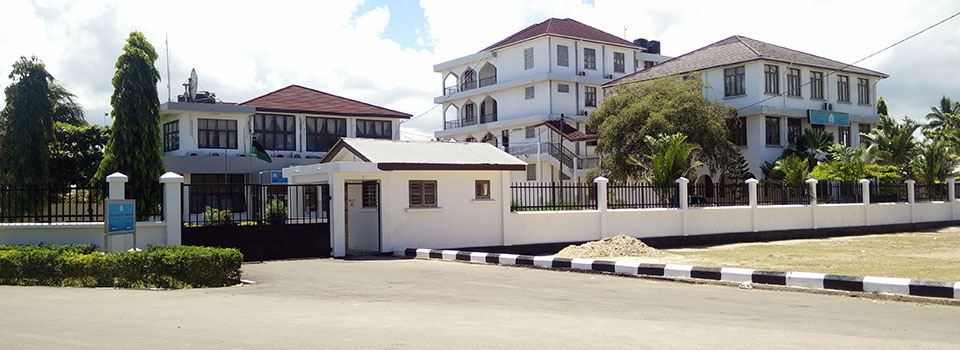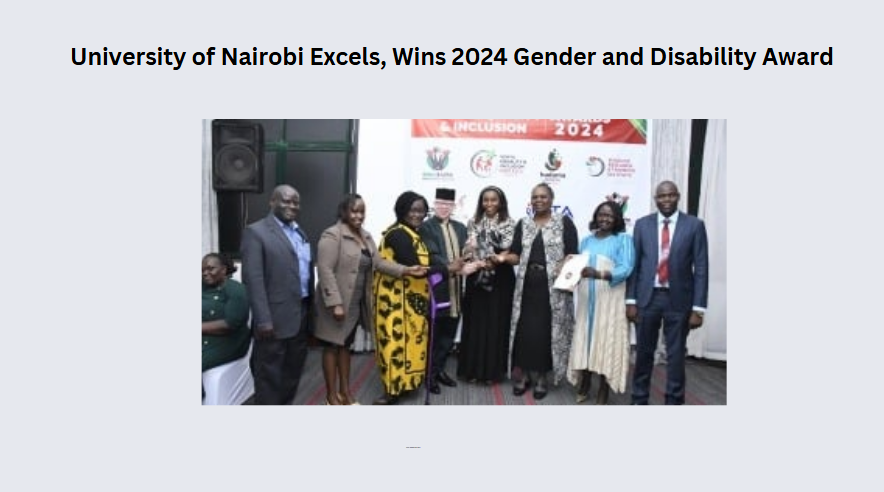Jomo Kenyatta University of Agriculture and Technology (JKUAT) has cemented its reputation as a leading institution offering internationally accredited programs across various disciplines, including engineering, architecture, health sciences, and business.
This esteemed status has drawn the interest of numerous institutions seeking to benchmark JKUAT’s best practices in training, research, and innovation.
One such institution is Uganda Martyrs University (UMU), whose delegation visited JKUAT on February 10, 2025, to explore collaboration opportunities.
The visit focused on the architectural program, providing the UMU team with valuable insights into JKUAT’s curriculum, teaching methodologies, and the integration of modern technologies in architectural education.
The delegation also engaged with faculty and students, fostering in-depth discussions on best practices in the field.
Strength of JKUAT’s Architectural Curriculum
Arch. James Shikuku, Acting Chair of the Department of Architecture, welcomed the delegation and emphasized that UMU’s interest in JKUAT’s architectural curriculum affirmed the program’s strength and quality.
He noted that JKUAT’s programs undergo rigorous evaluation by the Commission for University Education (CUE) to ensure they meet the highest academic standards.
“The accreditation process ensures that JKUAT’s curriculum remains both current and innovative, aligning with industry trends and evolving educational demands,” said Arch. Shikuku.
He further highlighted that the visit provided a foundation for future collaboration in research and other areas of mutual academic interest, which would strengthen ties between the institutions and contribute to their global academic standing.
Insights Gained from the Visit
Dr. Odama Kayi, leader of the UMU delegation and senior lecturer in the Faculty of Education at UMU, praised JKUAT’s architectural program.
He described the visit as an eye-opening experience that provided fresh perspectives on curriculum development and implementation.
“We have been keen to revamp our architecture program, and this visit has proven invaluable in offering new ideas. It has allowed us to explore emerging trends in architectural education and assess ways to improve our curriculum and facilities,” said Dr. Kayi.
Following the meeting, the delegation toured JKUAT’s architecture studios, library, and materials lab. This firsthand experience enabled UMU representatives to witness how JKUAT integrates modern technology and resources into its teaching framework.
The visit sparked meaningful discussions on how UMU could enhance its own learning environment by adopting similar approaches.
Strengthening Academic Partnerships for Future Growth
The collaboration between JKUAT and UMU marks a significant step in fostering knowledge exchange and academic excellence.
Such engagements pave the way for research partnerships, curriculum enhancements, and innovations that benefit both institutions.
By integrating modern technology and industry-aligned training, JKUAT continues to set the benchmark for architectural education in the region.
As institutions of higher learning strive for global competitiveness, partnerships like these underscore the importance of academic collaboration in driving innovation and improving educational standards.
The JKUAT-UMU engagement is a testament to the transformative impact of cross-border academic exchanges in shaping the future of architectural education.
Related articles
- Top Colleges in Tanzania Set Unparalleled Academic Standards Today
- Top 10 Best Colleges in South Africa Offering World-Class Education
- Top10 Most Expensive Private Schools in South Africa: The Cost of Elite Education
- Discover South Africa’s Top 10 Most Expensive Colleges Today
- 10 South Africa’s Premier Universities Set Unrivaled Academic Excellence Standards



